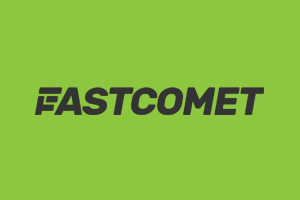Today, search engine optimization (SEO) is much more than just improving positions in search engine results. Modern SEO methods are focused on delivering relevant content to users, enhancing the user experience, and achieving high conversions. Semantic search, voice queries, video content, and local SEO optimization play key roles in a successful promotion strategy.
Key trends:
- Semantic Search: Search engines, primarily Google, aim to provide results based on context rather than just keywords. This means that websites must offer comprehensive answers to user queries, covering a wide range of long-tail keywords.
- Voice Search: With the growing use of smart speakers and voice assistants like Alexa and Google Assistant, optimizing content for voice queries is critically important. This involves creating more conversational texts and responses in a format that a user might speak aloud.
- Video and Visual Content: Video marketing is taking an increasingly important place in SEO. YouTube is the second most popular search engine in the world, and pages with video content are more likely to appear at the top of search results.
- Mobile Optimization: Google continues to prioritize websites optimized for mobile devices. Accelerated Mobile Pages (AMP) and responsive web designs are becoming the standard.
- Local SEO: Local businesses benefit from geo-targeted queries. Optimizing the Google Business Profile, customer reviews, and local keywords are key factors in successful local SEO.
How does this affect your business?
Today, SEO is a comprehensive process aimed at creating high-quality content that addresses user queries, as well as ensuring the technical optimization of the website for search engines. Attention is focused not only on text but also on video, infographics, user experience on mobile devices, and handling local queries.
Now, let’s take a look at how SEO has developed over time.
SEO History: Key Milestones
SEO in 2010–2015
During this period, search engines began to consider the influence of social networks. Tweets, videos, and images began appearing in search results. Google introduced the concept of “personalized search,” where results depended on the user’s previous queries and visited sites.
Additionally, key Google updates like “Panda” and “Penguin” fundamentally changed the SEO game. These updates targeted spammy websites and low-quality links, forcing many companies to abandon aggressive “black hat” SEO tactics.
SEO in the 2000s
In the early 2000s, search engines like Lycos and Excite gave way to Google, which quickly became the dominant player in the market. At that time, the main focus was on “link mass”—the more backlinks a website had, the higher it ranked in search engines.
However, as technology developed, Google began penalizing sites that abused link buying or used hidden keywords. By 2008, Google had virtually eradicated all spammy promotion methods and focused on content quality and relevance.
Key Changes in the 2000s:
- Launch of Google AdWords (2002): This event was predicted to signal the end of SEO, but organic search results remained important.
- Google Updates (2003–2006): During this period, Google began fighting manipulative tactics and actively promoted high-quality websites with original content.
- Introduction of Link Filters (2004–2008): The start of an active fight against paid links and low-quality backlinks from irrelevant sites.
What’s Next?
The future of SEO will be even more closely tied to artificial intelligence and machine learning. Search engines will increasingly focus on behavioral factors and user experience. The more high-quality and useful content you create, the better your chances of attracting and retaining your target audience.





